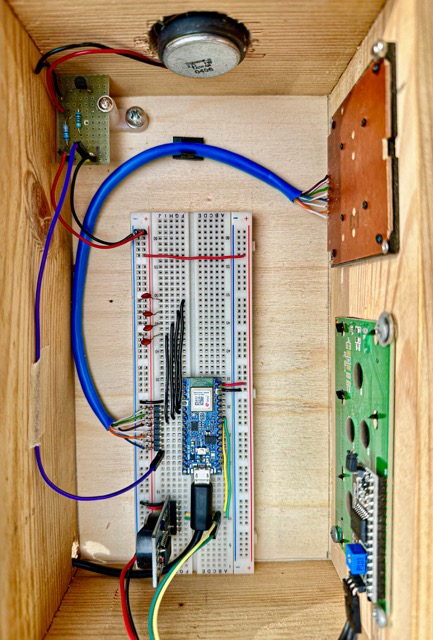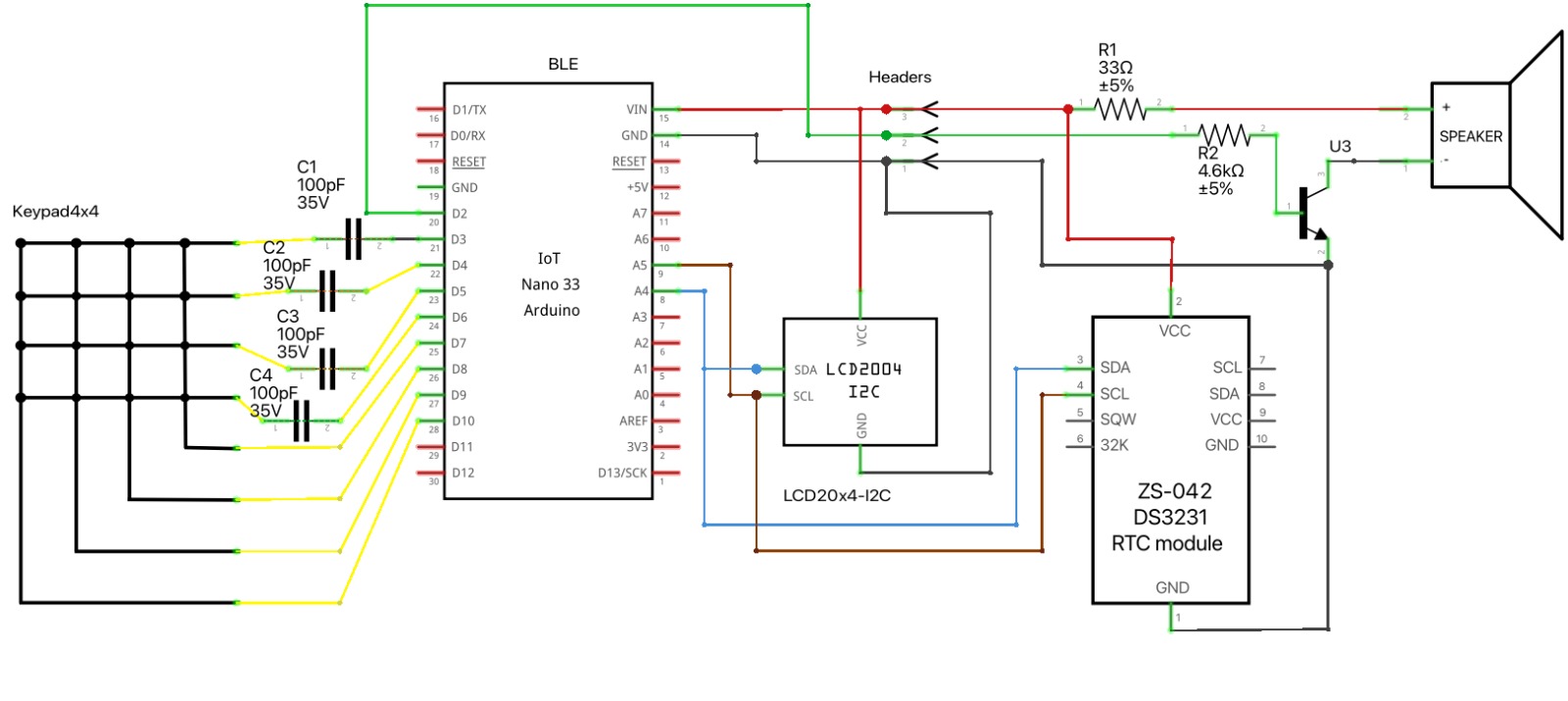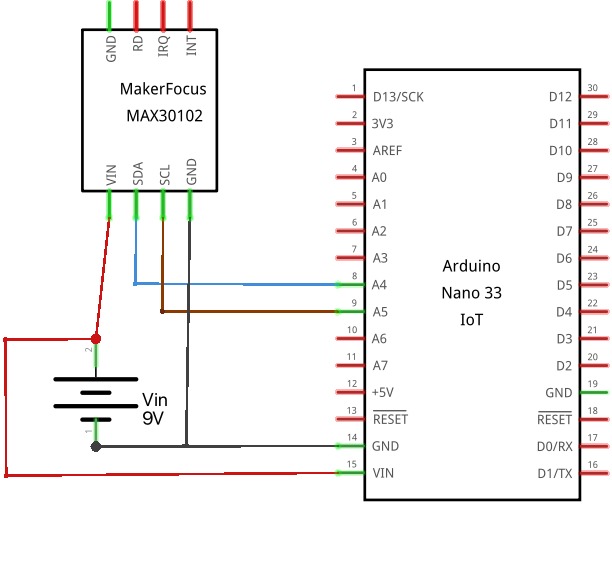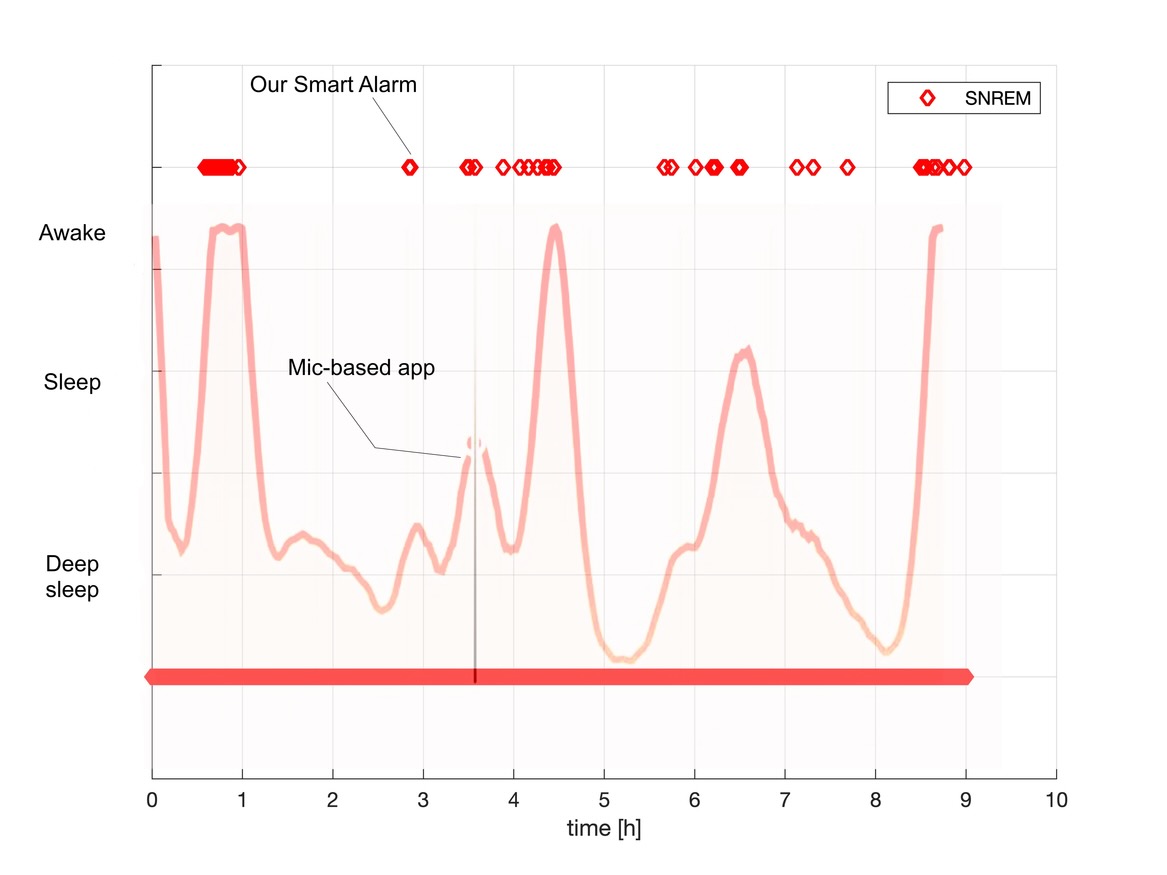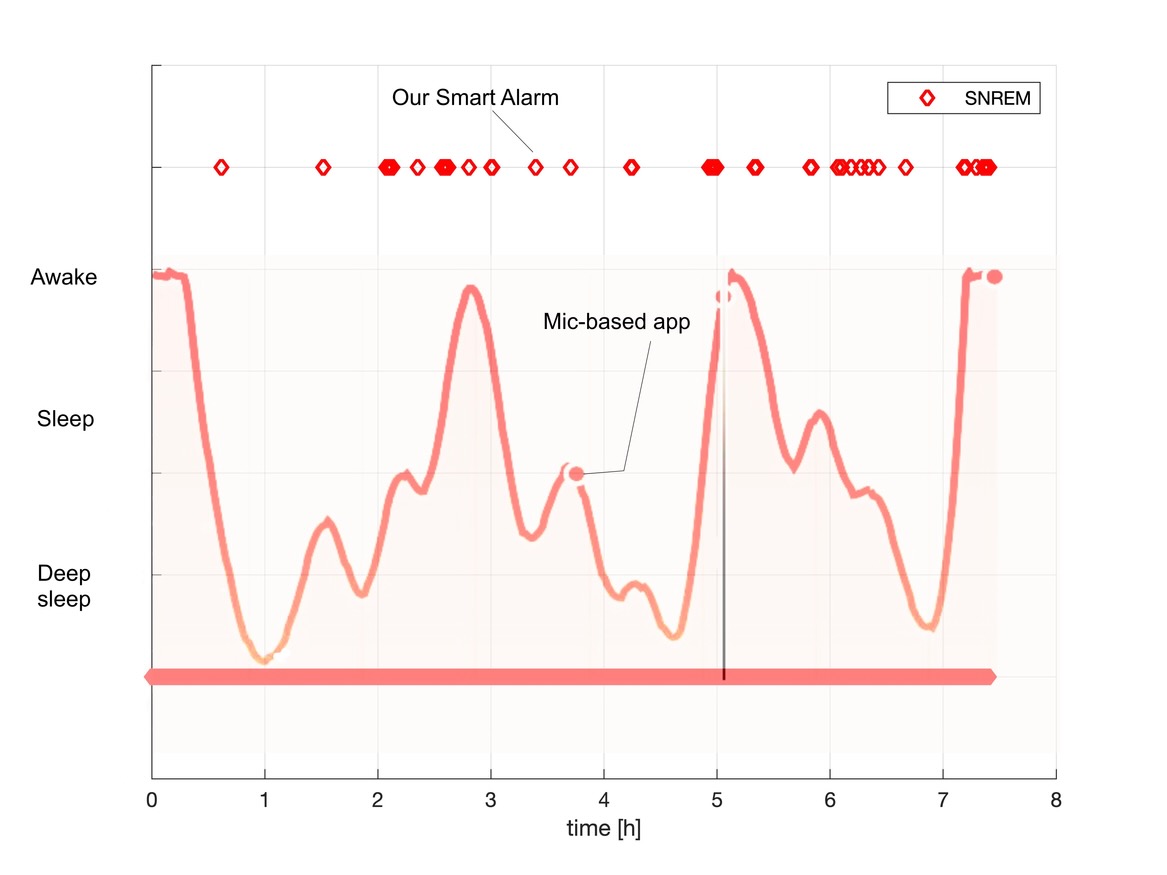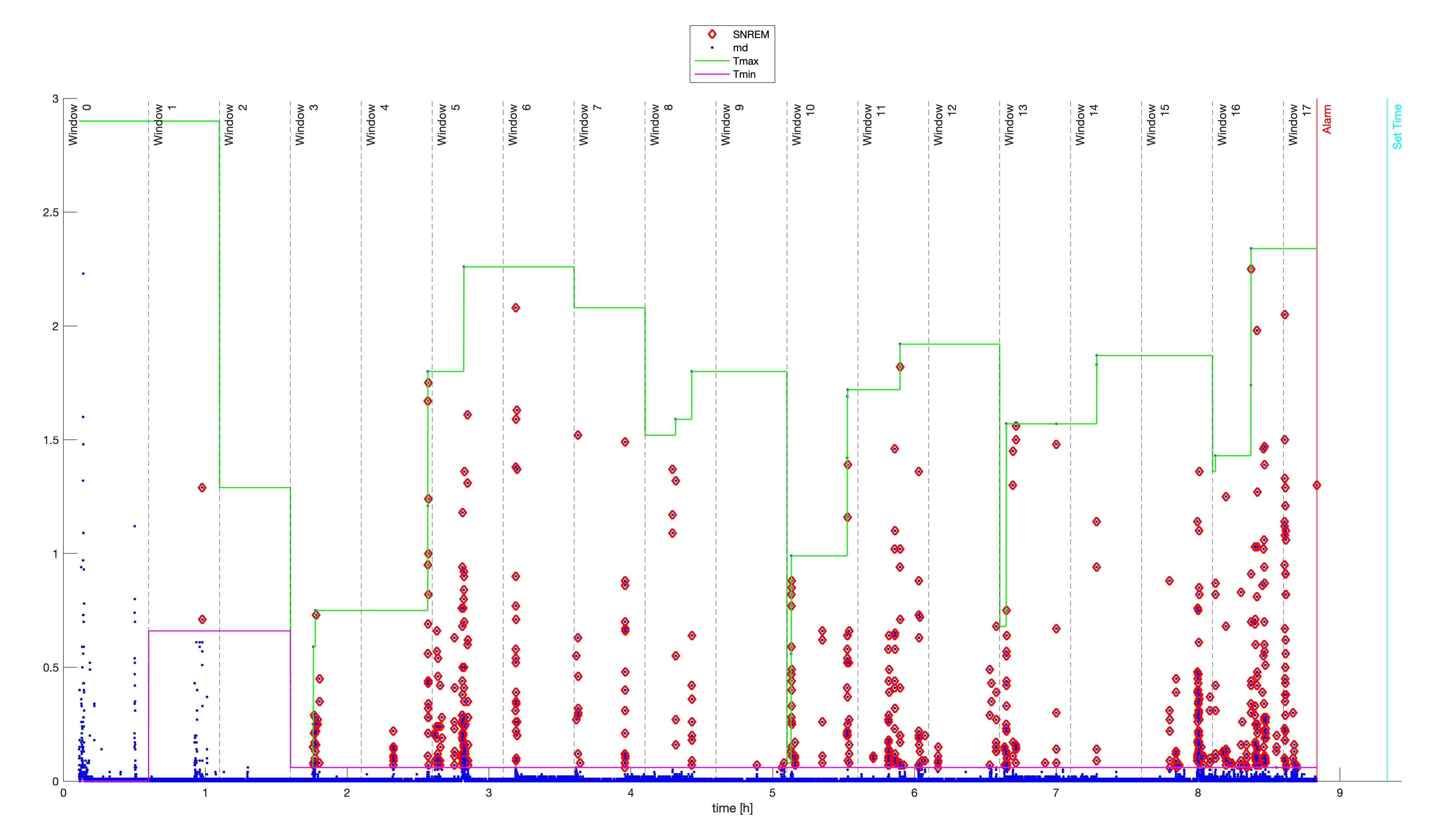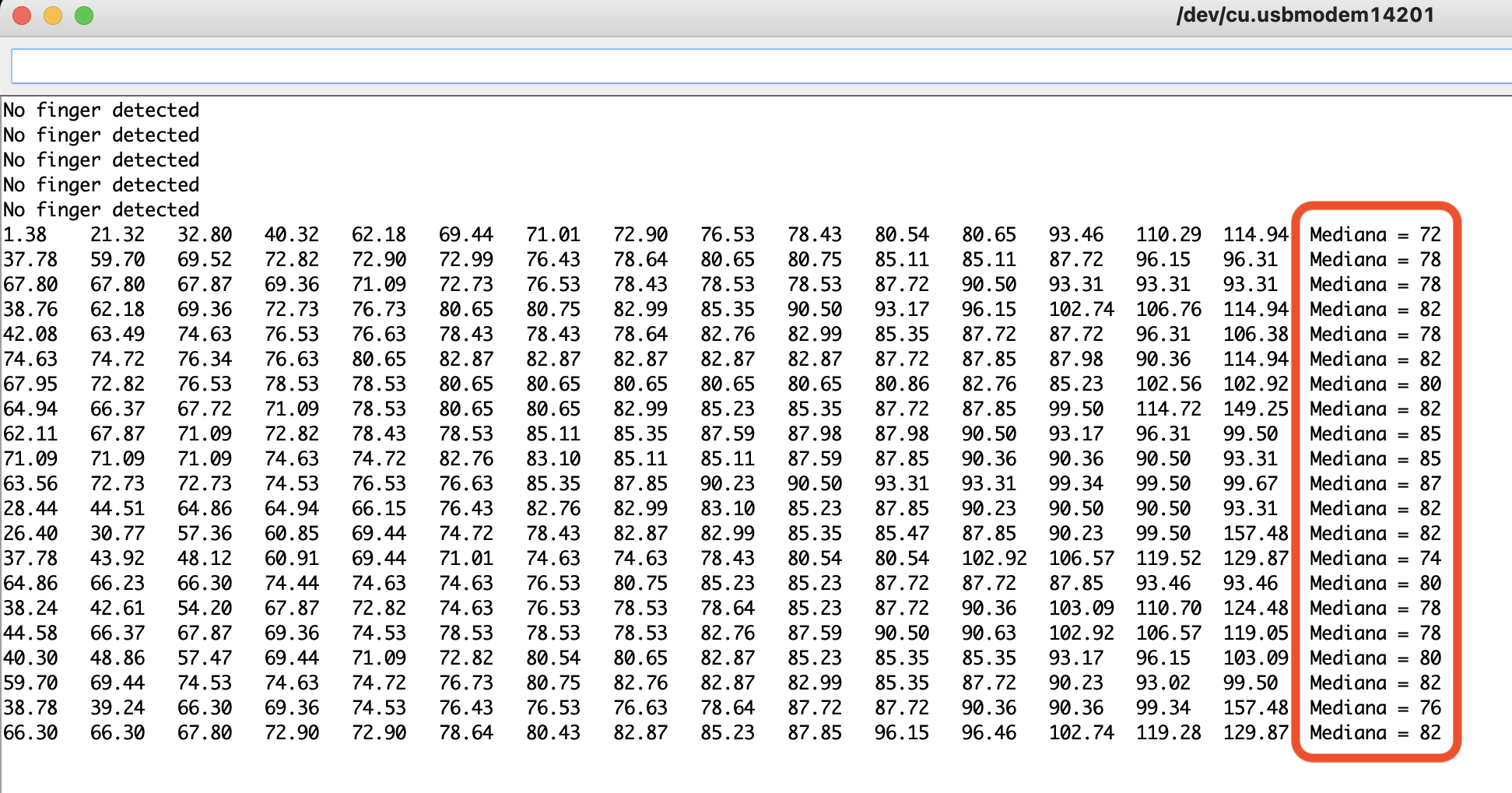Introduction
Sleep is characterized by a cyclical alternation of 5 phases divided into two macro-moments:
- NRem phase (Non rapid eye movement) or quiet sleep;
- Rem phase (Rapid eye movement) or active sleep.
NRem phase. It is the first macro-phase of sleep, it lasts about 75% of total sleep, in which there are no rapid eye movements. In turn, it consists of 4 stages lasting from a minimum of 5 minutes to a maximum of 15 minutes. In the transition from one of these periods to another, sleep gradually deepens:
- Fall asleep: this is the phase that gradually allows the body to pass from the awake state to sleep and is characterized by the lowering of the body temperature, the partial relaxation of the muscles and the slowing of the heartbeat. Furthermore, eye movements are not rapid, a sign that brain activity slowly decreases.
- Light sleep: heart rate continues to slow down, thus preparing the body to enter the actual sleep stage in which eye movement is almost completely absent. We are therefore completely asleep, the muscles are completely relaxed and the breathing is very deep.
- Deep sleep: eye movement is very slow and body temperature drops further. In this phase, the body restores its metabolic reserves by regenerating itself. If you were awakened at this time, you would feel a feeling of confusion and disorientation. This stage is characterized by brain waves typical of dreamless sleep and are closely linked to involuntary / unconscious activities of the organism (heartbeat, digestion) and are responsible for deeper relaxation.
Rem phase. In this phase, brain activity awakens with an alternation of waves (Theta, Alpha and Beta), while the eyes begin to move rapidly. Dreams occur in this stage of active sleep, accompanied by a gradual but sensitive increase in blood flow, breathing and brain activity. In fact, from the monitoring of subjects in the rem phase, the electroencephalogram shows how the brain is as active as in a waking state, so much so that oxygen and glucose are consumed as if one were awake. Furthermore, one of the characteristics of this phase is that the muscles of the legs and arms are paralyzed. This phenomenon of muscular “atony” has the function of preventing rash and unpredictable movements, possibly generated by the dream.
Rem and NRem phases alternate about 4-6 times during the night for a total duration of an hour and a half, resulting in the so-called sleep cycles. In addition to an adequate duration, in order for sleep to be regenerating and restful, this cyclical structure characterized by the alternation of phases must be respected.
Limits
Compared to what has been said, however, the limits of this tool must be considered. In fact, sleep is a complex phenomenon that requires the skills of specialized figures (specialists in Sleep Medicine) and the carrying out of Polysomnography. The latter, specifically, is the only exam capable of recognizing the macro-structure of sleep through:
- the study of brain activity (EEG);
- eye movements;
- muscle tone;
- EKG (electrocardiography);
- breathing and respiratory noise (for the analysis of OSAS and sleep apnea);
- O2 saturation;
- limbs movement and body position.



